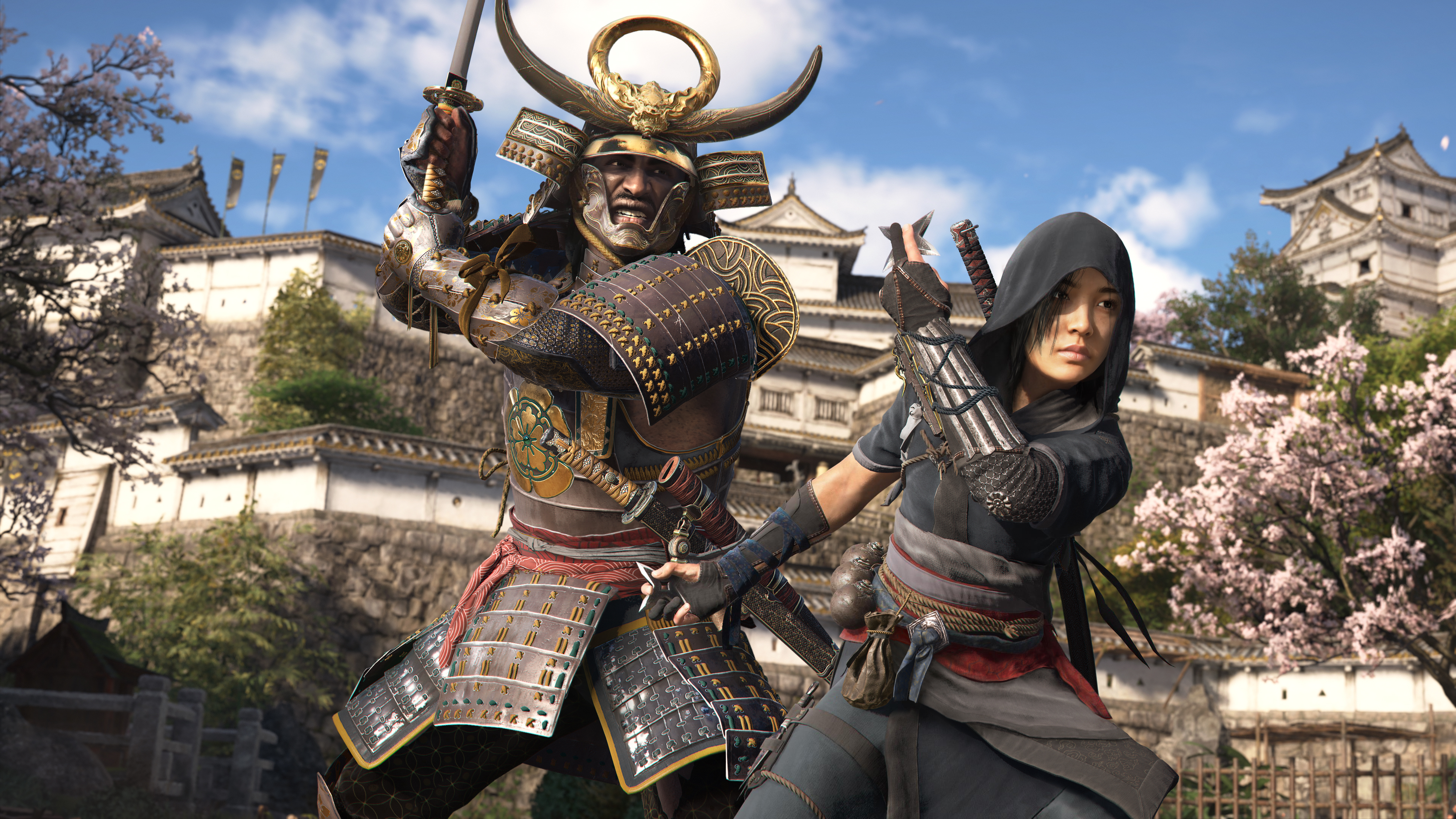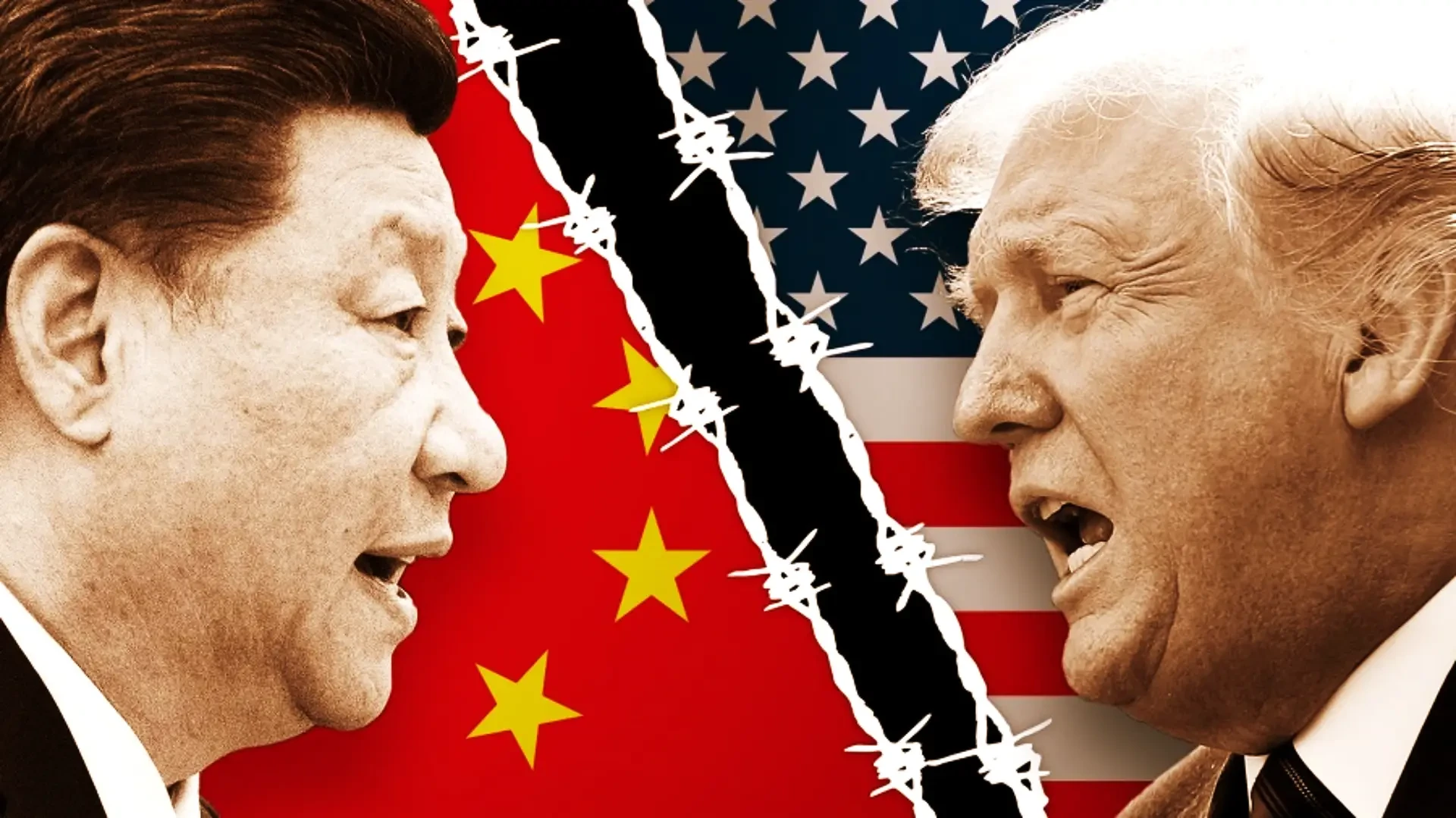ReDefine, gözlerimizi kamaştıracak bir şovreel VFX 2025 ile karşımıza çıktı. Herkes harika efektler beklerken, acaba bu sefer de "bütün dünyayı etkileyen filmler" yapmayı başarmışlar mı? Ripley, The Penguin ve daha niceleri... Neyse ki, bu film ve dizilerin görselleri, içerik boşluğuyla dolu senaryoları örtbastıracak kadar etkileyici. Gerçekten, izlerken etkilenmemek elde değil! Belki de izleyicilere “bunu da yapabiliriz” mesajı vermek yerine, “bunu izleyin, yeteneklerimizi
ReDefine, gözlerimizi kamaştıracak bir şovreel VFX 2025 ile karşımıza çıktı. Herkes harika efektler beklerken, acaba bu sefer de "bütün dünyayı etkileyen filmler" yapmayı başarmışlar mı? Ripley, The Penguin ve daha niceleri... Neyse ki, bu film ve dizilerin görselleri, içerik boşluğuyla dolu senaryoları örtbastıracak kadar etkileyici. Gerçekten, izlerken etkilenmemek elde değil! Belki de izleyicilere “bunu da yapabiliriz” mesajı vermek yerine, “bunu izleyin, yeteneklerimizi
1 Comments
·0 Shares
·0 Reviews












